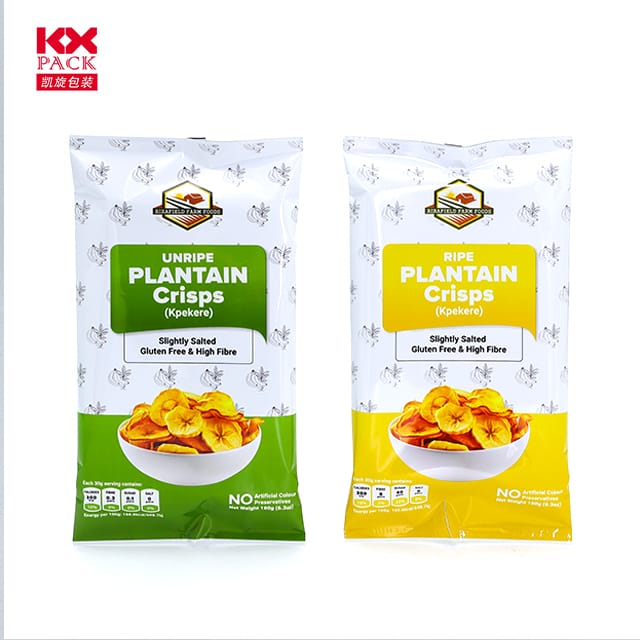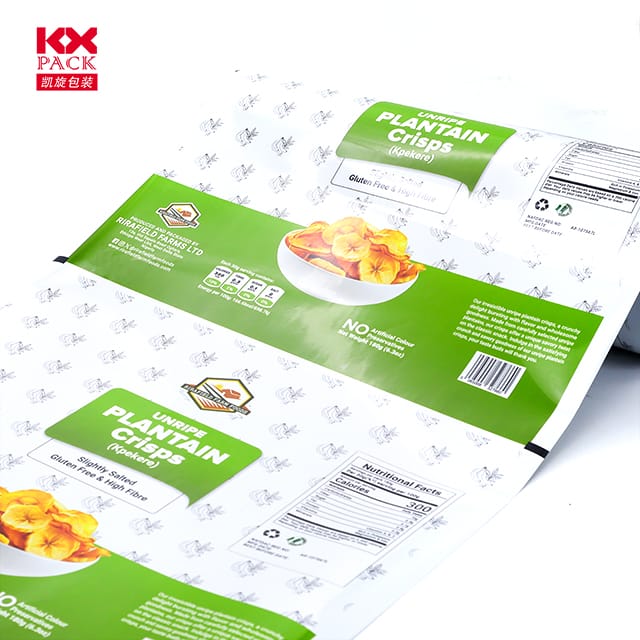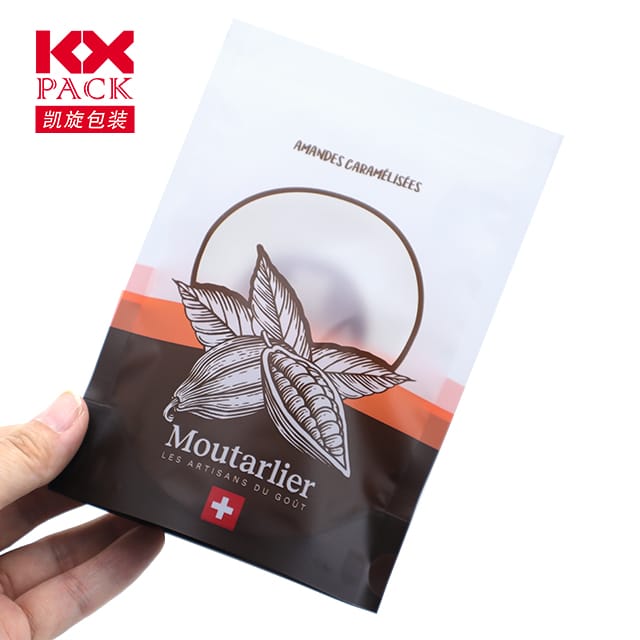印刷柔性包装膜的兴起: 创新符合可持续性的地方
Printed Flexible Packaging Film
In an era where consumers demand both visual appeal and environmental responsibility, Printed Flexible Packaging Film 已经成为改变游戏规则的人. 这种动态的材料将高影响力的品牌与功能优势结合在一起, 改变产品的包装方式, 销售, 并消耗. 让我们探讨为什么这项技术正在重塑行业,以及为什么它留在这里.
Why Printed Flexible Packaging Film? A Multifaceted Advantage
- Brand Differentiation at Shelf Level
Printed flexible films allow brands to create eye-catching designs with up to 10-color printing capabilities, from vibrant gradients to matte finishes. Unlike traditional labels, graphics are printed directly onto the film, eliminating scuffing risks and ensuring consistent quality. 例如, snack brands use shrink-sleeve films to wrap irregularly shaped products, achieving 360-degree branding that stands out in crowded aisles. - Sustainability Meets Performance
The global printed flexible packaging market, 价值 $101.48 十亿 2025, 预计将在 5.84% CAGR 通过 2030. This surge is driven by demand for recyclable and biodegradable materials. 创新 双向拉伸聚丙烯 (双轴取向聚丙烯) 电影 now offer recyclable options without compromising barrier properties, reducing food waste by up to 30% through enhanced shelf-life preservation. - Cost-Efficiency for High-Volume Production
Flexographic printing remains the dominant method for long runs, 会计 46.73% of the market share in 2024 due to its cost-effectiveness. 然而, 数字印刷 is gaining traction, enabling on-demand customization for e-commerce brands. Hybrid systems that combine both methods are emerging as a sweet spot for flexibility and scale.
关键应用程序: 从食品到药品
- 食物 & 饮料:
Stand-up pouches with spouts are replacing rigid containers for sauces and infant nutrition, offering portability and resealability. Retortable films withstand high-temperature sterilization, 确保即食食品的安全. - 卫生保健 & 个人护理:
Cold-seal packaging, used for temperature-sensitive chocolates and pharmaceuticals, relies on printed films with precise registration marks to align seals with graphics, 保持产品完整性. - 电子商务:
Digital printing enables serialized codes and geo-targeted promotions on mailer bags, enhancing supply chain traceability and customer engagement.(Printed Flexible Packaging Film)
Technological Advancements Driving the Market
- Material Innovations:
- Metallized Films: Add a premium look while blocking UV light and oxygen.
- High-Shrink Films: Conform tightly to products for a sleek finish.
- 可堆肥电影: 由植物基聚合物制成, 这些分解内部 180 在工业条件下的天数.
- 印刷技术:
- 柔版印刷: Ideal for large batches, with plates lasting up to 1 million impressions.
- 凹版印刷: Offers unmatched detail for high-end cosmetics packaging.
- Digital Inkjet: Reduces setup time by 70%, perfect for small-batch runs.
- 智能包装集成:
Printed films now incorporate QR码 和 NFC标签 for interactive experiences, such as tracking carbon footprints or unlocking recipes.
挑战 & 未来的前景
Despite its promise, 该行业面临障碍:
- 回收基础设施: 仅有的 14% 的软包装在全球范围内被回收, due to multi-layer structures.
- 监管合规性: Brands must navigate evolving standards like the EU’s 一次性塑料指令.
然而, the future is bright. 经过 2028, the market is expected to reach$341.6 十亿, 由:
- Sustainable Substrates: Bio-based PE and PLA films.
- Advanced Adhesives: Water-based and solvent-free options for easier recycling.
- AI驱动的设计: Tools that optimize ink usage and reduce waste.
结论: 创新画布
Printed Flexible Packaging Film is more than just a container—it’s a strategic tool for brands to tell their story, 减少对环境的影响, and meet evolving consumer expectations. 随着技术的发展, expect to see even more creative applications, from edible inks to self-healing materials.
对于希望保持领先的企业, 信息很明确: Embrace flexibility, print with purpose, and package sustainably. The future of packaging isn’t just flexible—it’s intelligent.
What’s your take on Printed Flexible Packaging Film? 在下面的评论中分享您的想法! 🌍✨







